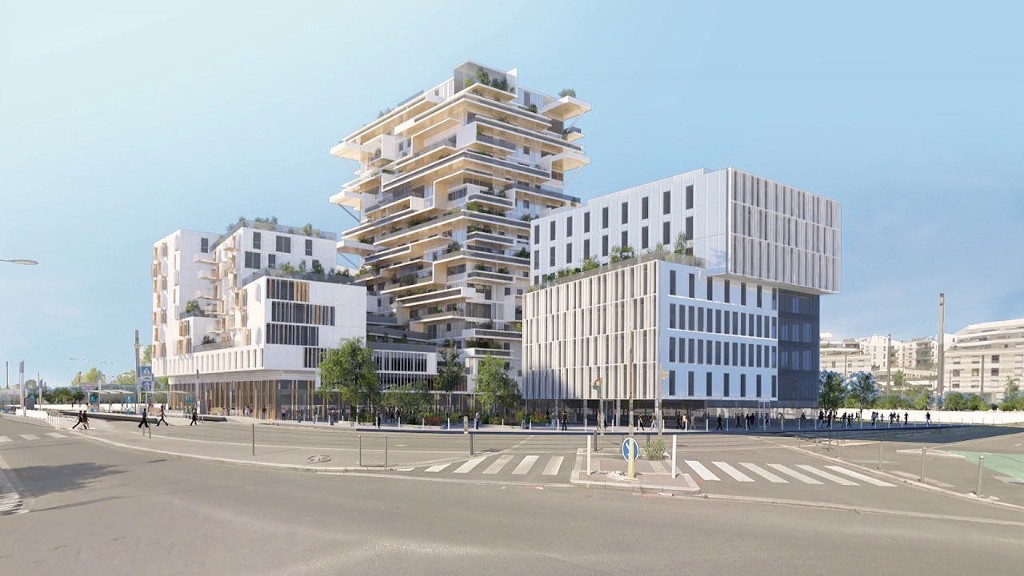2030
In Bourdeaux, France, the 18-story Hypérion tower, could be one of the tallest timber structures in the world when completed in 2020

Improvements in land use — protecting forests, restoring marshlands, managing farms and grazing lands — could deliver 37% of the carbon savings needed by 2030 if the world is to keep temperature rise to less than 2°C, as agreed to in the Paris climate accords.
Turns out cities have a big role to play in sustaining the natural world and that, perhaps counterintuitively, using more wood could cut more carbon. More demand for wood can mean more investment in rural landscapes, more forest cover and more carbon dioxide sequestered from the atmosphere.
As cities make commitments and swap ideas on how to achieve carbon neutrality over the coming decades, architecture firms see timber as a solution to one of the top carbon culprits in urban infrastructure: buildings.
A four-story “plyscraper” made with cross-laminated timber that consumes less energy than concrete and steel could reduce carbon emissions by the same amount as taking 500 cars off the road for a year.
Swapping in sustainable wood for materials like steel and concrete could slash CO2 emissions by up to 31% worldwide. A growing number of cities are making serious plans to build them.
In Bourdeaux, France, the 18-story Hypérion tower, could be one of the tallest timber structures in the world when completed in 2020. A 24-story wooden structure is set to go up in Vienna next year. Lever Architecture, which already has a four-story building underway, is proposing a 12-story mixed-use building in the Pearl District of Portland, Ore.
When it’s finished, The Atlantic reports, the building would the “tallest human-occupied all-wooden structure” in the U.S.











